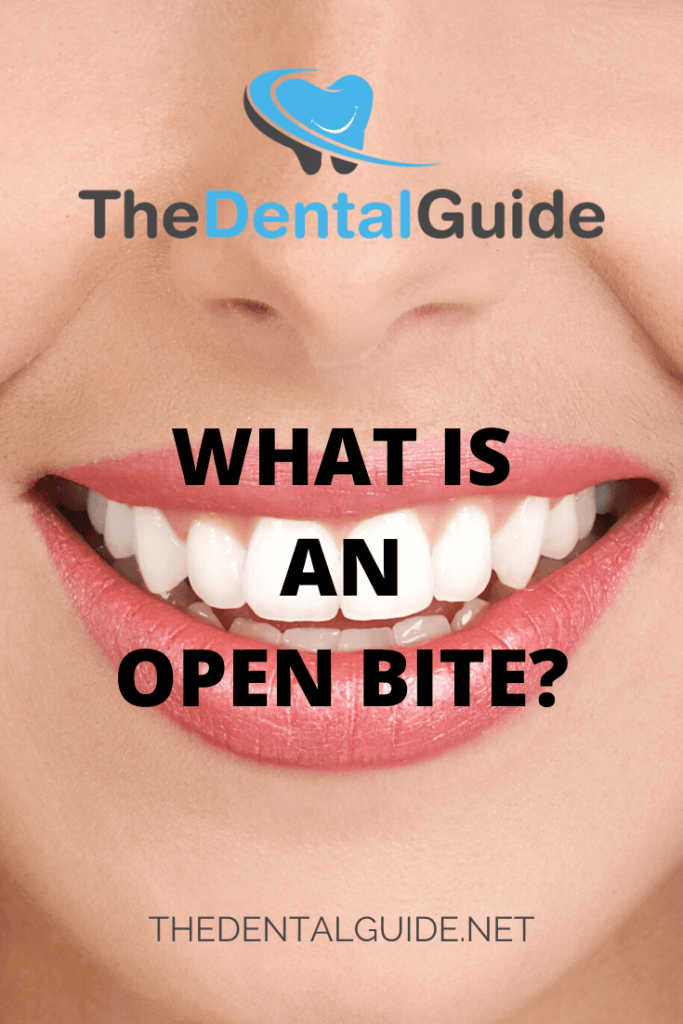An open bite is a type of malocclusion or misalignment of the teeth. This type of malocclusion creates a visible opening in the bite between the upper and lower teeth.
The most common type of open bite is called an anterior open bite. The front (anterior) teeth don’t touch with this type.
A posterior open bite, where the back teeth don’t touch, is less common and can sometimes occur during treatment with braces. The treating orthodontist can make adjustments to fix it if this happens.
An open bite can affect the smile and the way a person eats and speaks. It can also cause excessive wear on the back teeth, which can put the teeth at risk of fractures.
Causes
Open bites are a common occurrence in childhood during the transition from primary teeth to permanent teeth. Sometimes primary and permanent teeth can erupt in the wrong order, which can cause a temporary open bite. However, the misalignment usually corrects itself by the time all the permanent teeth come in.
Certain habits can contribute to the misalignment of an open bite if they continue once permanent teeth start coming in.
Prolonged use of pacifiers and thumb-sucking can put pressure on the front teeth and cause them to slant outward as they’re growing in.
Tongue thrusting, when the tongue is pushed forward against the teeth when swallowing or talking, can cause a similar effect on the teeth.
People who suffer from TMJ, temporomandibular joint dysfunction, may subconsciously use tongue thrusting when they feel the need to readjust the jaw.
There are skeletal problems involving the jawbones that can also cause misalignment. With a skeletal open bite, the jaws can grow apart instead of parallel to each other. Overgrowth of bone at the base of the jaw can also cause overjet, meaning the front teeth protrude.
Treatment Options
Some people may seek treatment primarily for cosmetic reasons or to help if they have difficulty eating certain foods. For others, the correction may be necessary to address lisps and other speech impediments or to limit the damage an open bite can cause to teeth.
Treatment options include:
- Behaviour modification – therapy to correct habits like tongue-thrusting or thumb sucking
- Orthodontic treatment – dental appliances like braces, headgear, and specialized appliances to prevent tongue thrusting
- Surgery – orthognathic surgery to realign the jawbones
Treatment for open-bite in children up to age four is not usually necessary. Once permanent teeth start to erupt, you should take measures like behaviour modification to prevent an open bite from continuing to develop.
Orthodontic treatments might be needed if permanent teeth continue to grow into an overbite and can be very successful throughout childhood and adolescence.
While orthodontic treatments can often fix open bites in children, adults are more likely to need surgery to correct the open bite. After the age of 18, options become more limited, and the need to intervene with surgery increases because the jaw and teeth are no longer developing and are much more rigid. A combination of surgery and orthodontics may yield the best results for adults.
